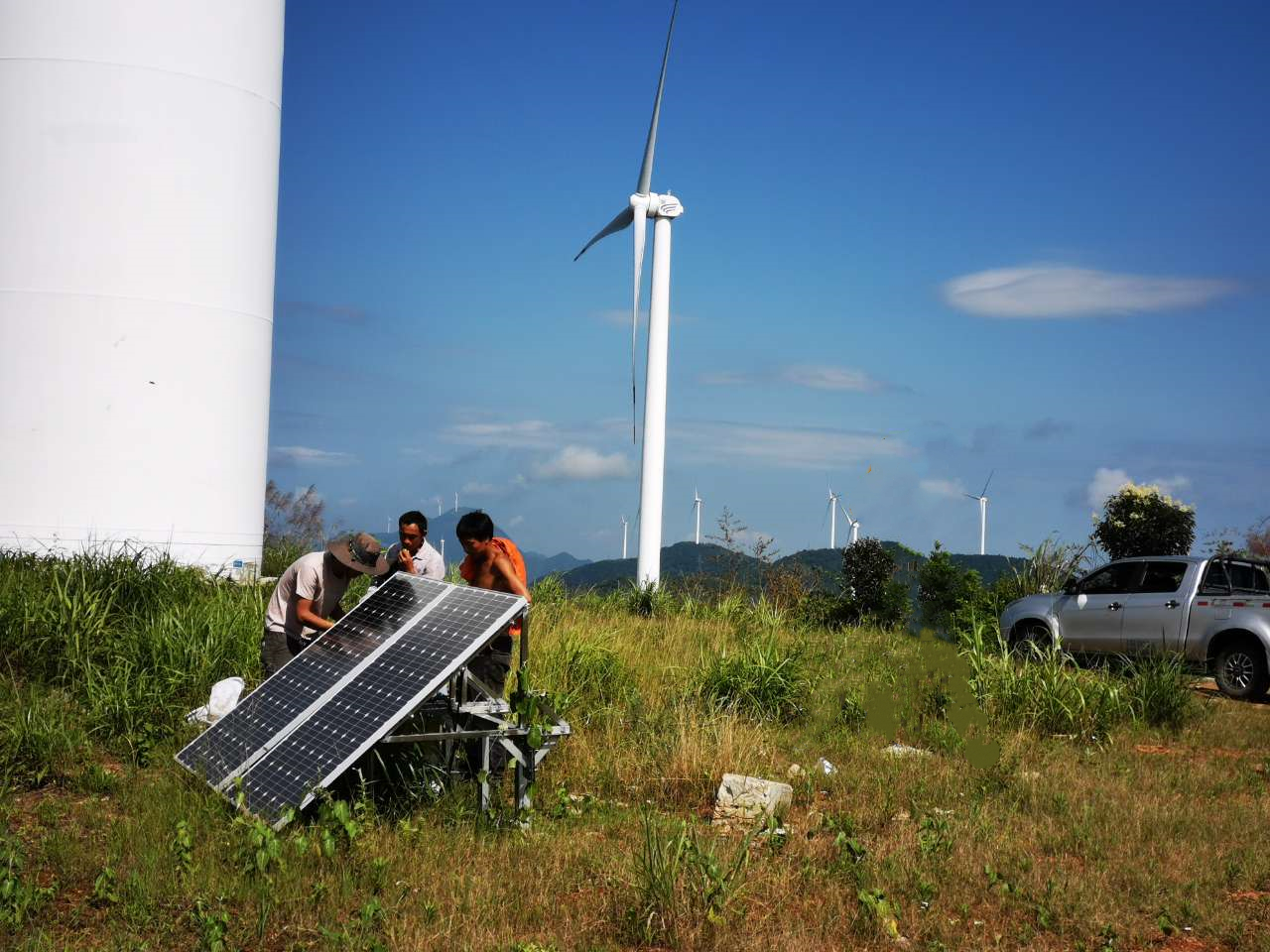Obstruction Lighting for Wind Turbines
Wind turbines are an increasingly popular form of renewable energy, but their tall structures can pose a hazard to aviation. To ensure the safety of aircraft, wind turbines must be equipped with proper obstruction lighting systems that meet international standards. In this article, we will discuss the importance of obstruction lighting for wind turbines and how the systems work.
Importance of Obstruction Lighting for Wind Turbines:
Wind turbines are typically installed in remote areas and can be as tall as 200 meters, making them a potential obstacle to low-flying aircraft. The rotating blades of wind turbines can be difficult to see in certain weather conditions, especially at night or during periods of reduced visibility. Without proper lighting, wind turbines can pose a serious risk to aviation safety.
Obstruction lighting systems for wind turbines are designed to make them visible to pilots from a distance, allowing them to avoid collisions. Obstruction lighting systems also help to identify the location of wind turbines for air traffic controllers, enabling them to route aircraft safely around them.
How Obstruction Lighting Systems Work:
Obstruction lighting systems for wind turbines typically consist of both steady-burning and flashing lights that are mounted on the nacelle and at the top of the tower. The steady-burning lights are designed to be visible from a distance of at least 3 statute miles in all directions, while the flashing lights are visible from a distance of at least 5 nautical miles.
The flashing lights are typically synchronized to prevent confusion with other navigational aids or beacons. In addition, the lights are typically mounted in a specific pattern to indicate the orientation of the wind turbine. This allows pilots to identify the direction of the blades and avoid them.
Obstruction lighting systems for wind turbines must comply with international standards established by the International Civil Aviation Organization (ICAO). These standards specify the color, intensity, and placement of the lights, as well as the synchronization of the flashing lights.
Maintenance of Obstruction Lighting Systems:
Proper maintenance of obstruction lighting systems for wind turbines is essential to ensure their effectiveness and compliance with international standards. Regular inspections and testing of the systems are necessary to identify and address any issues promptly.
The maintenance of the obstruction lighting system typically includes:
- Regular inspections of the system to ensure that the lights are in good condition and that they are flashing and synchronized correctly.
- Nighttime inspections to verify that the lights are visible from at least 5 nautical miles away in all directions.
- Periodic testing of the system to ensure that it is functioning correctly.
- Replacing any faulty lights or components.
Conclusion:
Obstruction lighting systems for wind turbines play a crucial role in ensuring the safety of aviation. These systems must comply with international standards established by the ICAO and undergo regular inspections and testing to ensure their effectiveness. Proper maintenance of obstruction lighting systems for wind turbines is essential to promote the responsible development of wind energy and ensure the safety of aircraft.
Solution support :
emma@chendongtech.com
what'sapp: +86 13342512879



Comments